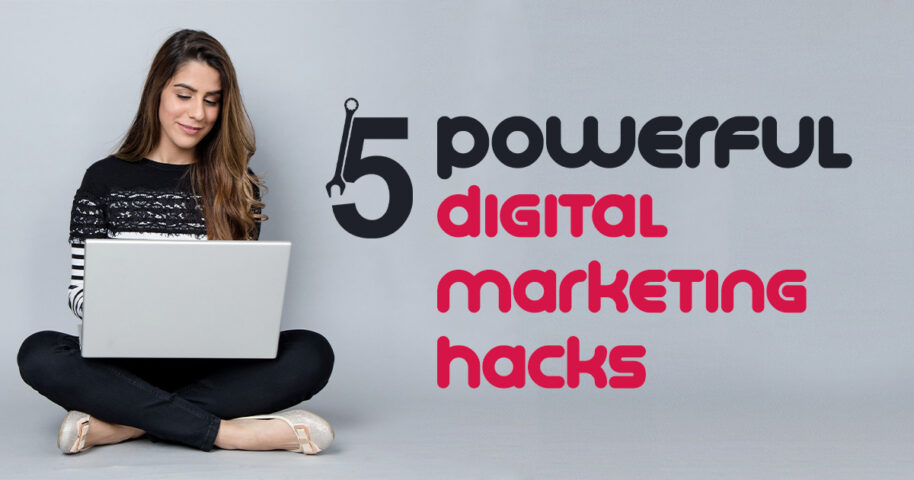
1. Create stellar content for digital marketing
Making sure you’re adding a tonne of value is essential to making content perform for you in terms of generating the awareness, leads, and sales you desire. This indicates that your target audience will read the subjects you write about and use the advice you offer. One of the biggest mistakes I see businesses make is creating content in the hopes that it will immediately garner attention. Be aware that both short-term and long-term objectives must be the emphasis of your content strategy. In actuality, you’re not racing a sprint but a marathon.
There are many different content kinds you might think about, so let’s examine a couple and see what each one offers:
- When blogging, look at themes that people are actually searching for, as well as hashtags that your intended audience is using. Discover a method to contribute to those discussions by creating insightful blog entries.
- Infographics: Since visual material is simple to digest, create infographics to increase traffic to your website, lengthen users’ stay there, and include a CTA (call-to-action) encouraging them to learn more about what you have to offer.
- Guides and eBooks: It’s more crucial that you successfully use them as lead magnets than it is to decide to gate your material. Adding CTAs across the content pieces will still enable you to identify what encourages engagement and what doesn’t, so you may accomplish this without limiting the material.
2. Run social ads
Social media marketing makes perfect sense. Which social networks would you want to take into account if you were in charge of lead generation for a B2B SaaS product and needed to find out how to produce sales-qualified leads that would turn into opportunities? Start by taking a look at LinkedIn, Facebook, and Twitter. You will be able to focus on particular personalities, test various creatives and messaging, and gather data to determine what is most effective. As with any advertising plan, ensure that your social media ads are linked to separate landing sites and that the copy on each is same. Take into account the following as well:Leverage your content assets to funnel in leads and inquiries.
- Ensure that the problem and the solution are clearly stated in your communications.
- Produce a variety of creative assets to prevent ad fatigue.
- Adjust and fine-tune as you go. To put it another way, prioritise improvement over perfection.
3. Develop robust email marketing
The natural next step is to create automated workflows that will nurture your leads once you have lead information gathered from your website. The secret to creating workflows that work is to map out the buyer’s journey and match your email campaign to it. Here are some crucial pointers to bear in mind while you create your own:
- Center the content on the stages of your leads’ lifecycles.
- Turn on lead scoring so you can monitor the factors that influence engagement and progression from one lifecycle stage to the next.
- Segment and tailor content.
- Try out various copy and subject lines.
4. Host webinars
Make your webinars more engaging by asking guests to co-host with you and by doing interviews with delighted users of your products or services. 73% of sales and marketing executives cite webinars as one of the top methods for generating high-quality leads, according to Xant. In fact, you might receive more than 1,000 leads from a single webinar. Make the following adjustments to ensure the success of your webinars:
- Do your homework and pick a relevant subject. Do the same with your webinar subjects as you would with your blog posts – it’s about the searcher’s intent and the demands of your target audience, or the issue you resolve.
- Select a marketing plan for your webinar. Webinars require at least 1-2 weeks of a promotional period, unlike your other advertising, which are pushed to promote a guide or direct enquiry.
- Create a series of reminders and promotional emails.
- Use search engine and even social media advertising.
- Leave the presentation that uses only Google Slides or PowerPoint. Be engaging during your webinars.
- Ensure that the webinar is recorded and offer a series of follow-up emails and advertisements to continue to encourage interaction that results in opportunities.
5. Push a growth hacking approach
Growth hacking adopts the strategy of testing almost anything you can across the whole customer journey to help you understand what leads to interest and ultimately results in a sale. Growth hacking has the advantage that it may be used with every single digital marketing strategy.
- Split-testing the headlines and call-to-actions on targeted landing pages that are linked to your homepage and adverts.
- Individualise your emails based on personas and segmentation.
- With the help of your blog posts, create multiple content clusters and test them to see which one produces the highest quality leads that can actually lead to sales opportunities.
Good digital marketing vs. great digital marketing
You can spend a lot of money, but what makes excellent digital marketing great is how you use that money to demonstrate the real problem you solve. In other words, you can demonstrate how you are able to sell the answer to a specific problem. In particular, people buy from other people, not from businesses. Therefore, the long run will only benefit you if you are genuine in your approach and avoid just making a transactional sell.
Finally, to advance your business, keep integrating your intuition and the data you get. Consider digital marketing as more than just a 1:1 (money in, money out) solution. Instead, leverage the power of digital marketing to raise awareness that will transcend the scope of a single creative or piece of content. Your expansion initiatives will be supported by shifting your perspective to one that keeps the demands of your target customers at the forefront.

